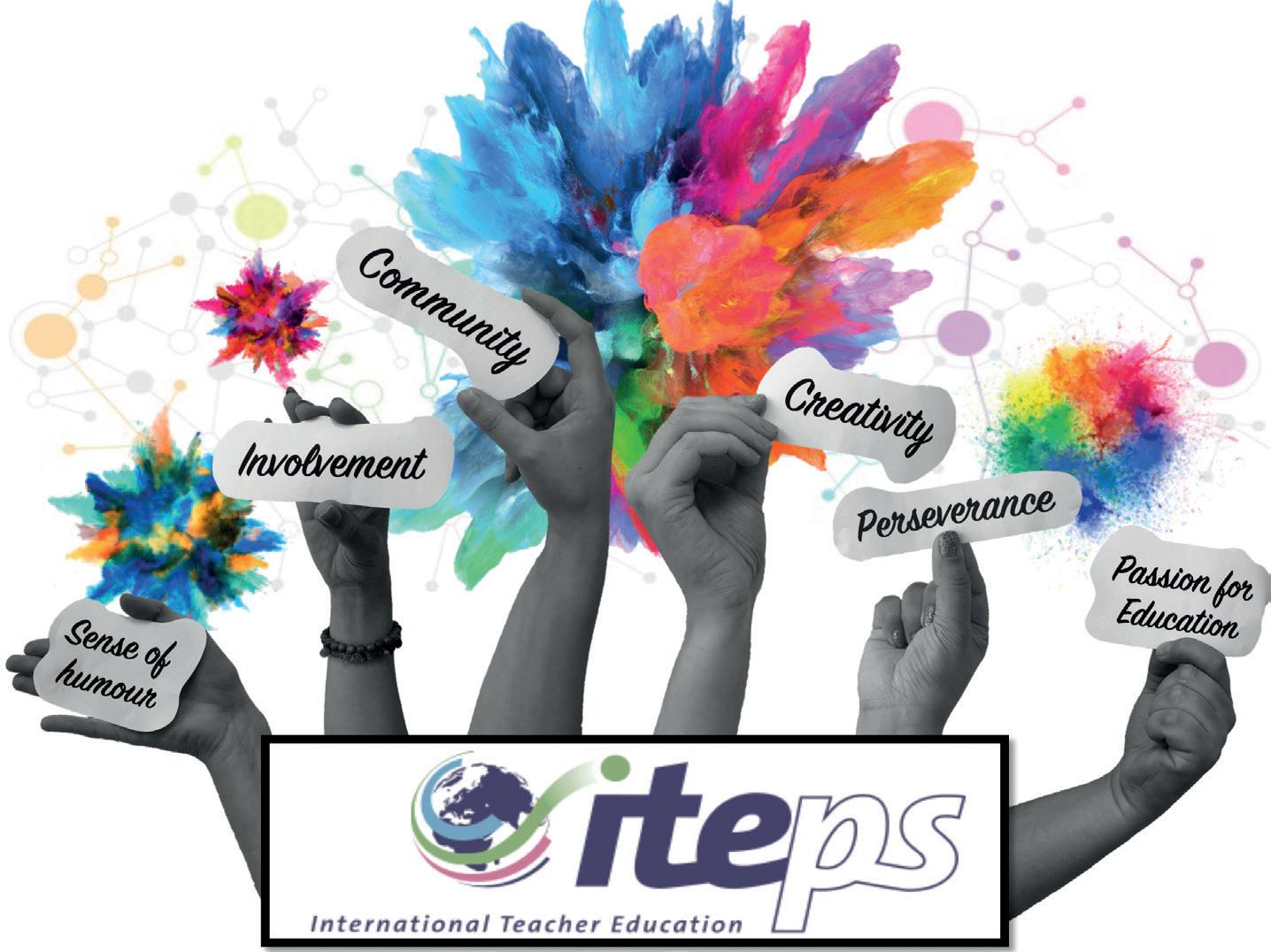Book reviews
Education in China Philosophy, Politics and Culture by Janette Ryan Polity Press (2019) Reviewed by Malcolm Pritchard Education in China is an ambitious title for a challenging project that attempts a comprehensive survey of education across six millennia in the world’s most populous nation, condensed into 242 pages. This book is a brave and creditable attempt to achieve this. The author draws heavily on her personal experience from the 1980s of living and working in Jiangsu Province in the People’s Republic of China (PRC) to introduce some of the political and social forces shaping China at the time. The narrative covers the genesis, development, and current state of education in China, from its deeply Confucian roots, through the exacting scholarly labors of the social elite during the imperial examination era, to the dynamism, innovation, and contradictory imperatives driving education in the economic powerhouse that China has become in the 21st century. What emerges is a very useful survey of the past, a snapshot of the present, and some speculation about future directions. The six-chapter structure of the book offers a chronology of the philosophical, social, and political forces that have shaped education in ‘China’ from its imperial past to its communist present, journeying from the Confucian past through revolution, reform, and resistance to the challenges, inequalities and contradictions evident in contemporary Chinese education. While perhaps not clearly defined, the term ‘China’ used throughout the book refers to the PRC and as such does not seek to extend its scope to the political complexities of ‘greater’ China beyond that context. Given the relative brevity of the work, and its perspective – drawing largely on English language sources, published both within and beyond China – the author has achieved an impressive balancing act. The structure is generally helpful, with some key questions that aid the non-expert in developing an understanding of education in China, as seen from the author’s perspective. Throughout the book, key terms are described and presented in both Hanyu Pinyin and simplified characters for reference. Considerable effort has been made to balance Chinese ‘exceptionalism’ against more globalist perspectives that view China in the 21st century as a threat to the global order. In taking this approach, the author certainly avoids some of the more glaring vices of typical western perspectives on China. Ryan offers a relatively evenhanded analysis, despite its limitations of scope and content, in sifting through the essential aspects of education that Autumn
Spring |
| 2020
cannot be omitted from any competent account. The opening chapter considers the genesis of contemporary Chinese education, paying attention to the ubiquitous influence of Confucian thought on Chinese culture and its legitimizing role in the exercise of political power; the centrality of Confucianism also features prominently in much of the discussion in following chapters. Helpfully, the author corrects a common misconception about Confucianism as a philosophical framework, not a religion. The imperial examination system, abandoned at the turn of the 20th century, is also given a thorough treatment. Some interesting anecdotes from the early years of the Republic, such as the interactions between Chinese academics and the American educationalist John Dewey, provide the reader with useful historical perspective on the influences and tensions within the field of education in post-imperial China. The historical survey ends with a brief description of the years following the establishment of the People’s Republic of China in 1949, with a summary of education during the Cultural Revolution (1966-76), and the revival of the modern incarnation of the Chinese examination system, the Gaokao. Subsequent chapters take the reader through various aspects of education, an understanding of which is essential if one is to grasp the reality of contemporary Chinese education. For example, a chapter is devoted to the national and provincial governance, policy, and administrative structures relevant to education. Within this framework, the author offers some discussion of the aspirational and hypercompetitive nature of contemporary Chinese education, at a national, societal and institutional level, examining the inevitable distorting and corrupting impact of these forces on curriculum and classroom pedagogy. A survey of the national education system is examined by sector, from pre-school through to adult and vocational education. This survey, however, tends towards generalizations that are probably most appropriately applied to senior high school or undergraduate tertiary education. ‘Reform and Resistance’ considers the various competing forces that seek to innovate or conserve the education system, pulling administrators and educators in different
69

























